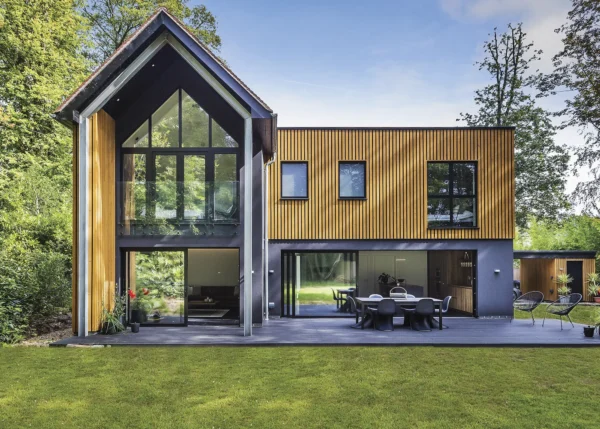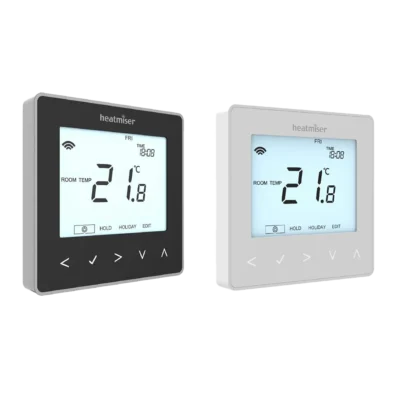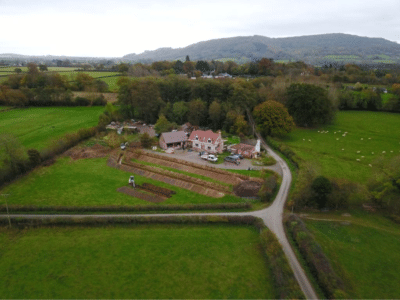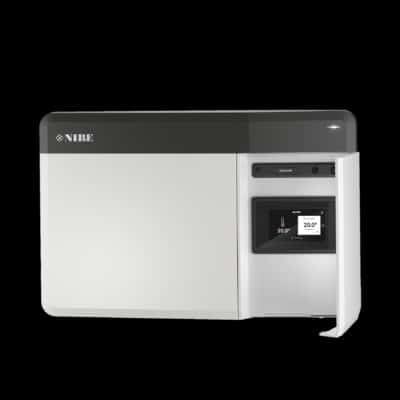I delayed switching my heating on until the last possible moment in mid December – having given in to the pleading of my family for a bit more warmth. I’m on an oil-fired system and in light of the recent energy price increases, I’m sure I’m not alone in preferring to minimise the bills and leave the ceremonial heating system turn-on until the last minute.
Underfloor heating
Like many self-builders, I have installed a warm-water underfloor heating (UFH) system downstairs and radiators on the top floor. The latter are upstairs because they offer a speedy response – plus we have carpets up there that tend to insulate pipes, which would lessen UFH efficiency. With engineered wood and ceramic tiles downstairs, the gentle heat produced through the UFH is much more comfortable than the convection blast of radiators. We also don’t have to worry about where we can put the furniture. We do have one room downstairs with underfloor heating that is carpeted; it works well, but not as well as in the rooms with hard floors. As I fired up the UFH system, it occurred to me that in the 10 years since I installed it, it has all worked perfectly and shows no sign of giving up. It is very simple to operate; I just take the thermostats off the frost setting and away it goes, until it gets switched off in late April.
Programming the thermostat
One criticism is that firing up the system from cold can take several hours. This is because the warm water in the pipework is at a much lower temperature than in a conventional radiator (around 40ºC), so it takes longer to heat up the screed and therefore the room. There are a couple of tricks I’ve learned for the UFH. Firstly, once it’s on, don’t turn it off. Each room or zone will have its own seven-day programmable thermostat. Simply back the temperature off to a moderate level, say 12ºC, for the times when the rooms are likely to be unoccupied and programme the temperature to be 18-20ºC when in use. That way the boost required is only 6-8ºC, which happens fairly quickly and requires significantly less effort and therefore less energy consumption from the boiler.
An efficient woodburner
I also installed a woodburning stove in the kitchen/family room, where we spend most of our time. So if we do need to warm the room up in a hurry, we simply fire up the woodburner. This little cast-iron miracle has proved to be one of the best investments we’ve made. For those days where the heating is on, but the miserable weather makes it look and feel colder than it is, this is the antidote. It looks good, is simple to light, and is so efficient that there is little mess and ash left to clean out. As a bonus, when it is up and running, the stove kicks out such an impressive level of warmth that the UFH room thermostat never needs to call for heat, so it saves me a fortune each year. If you get the chance, fit one!
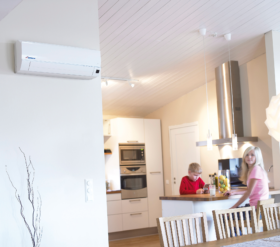
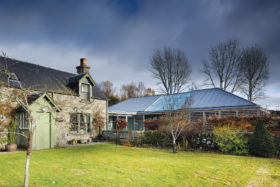
































































































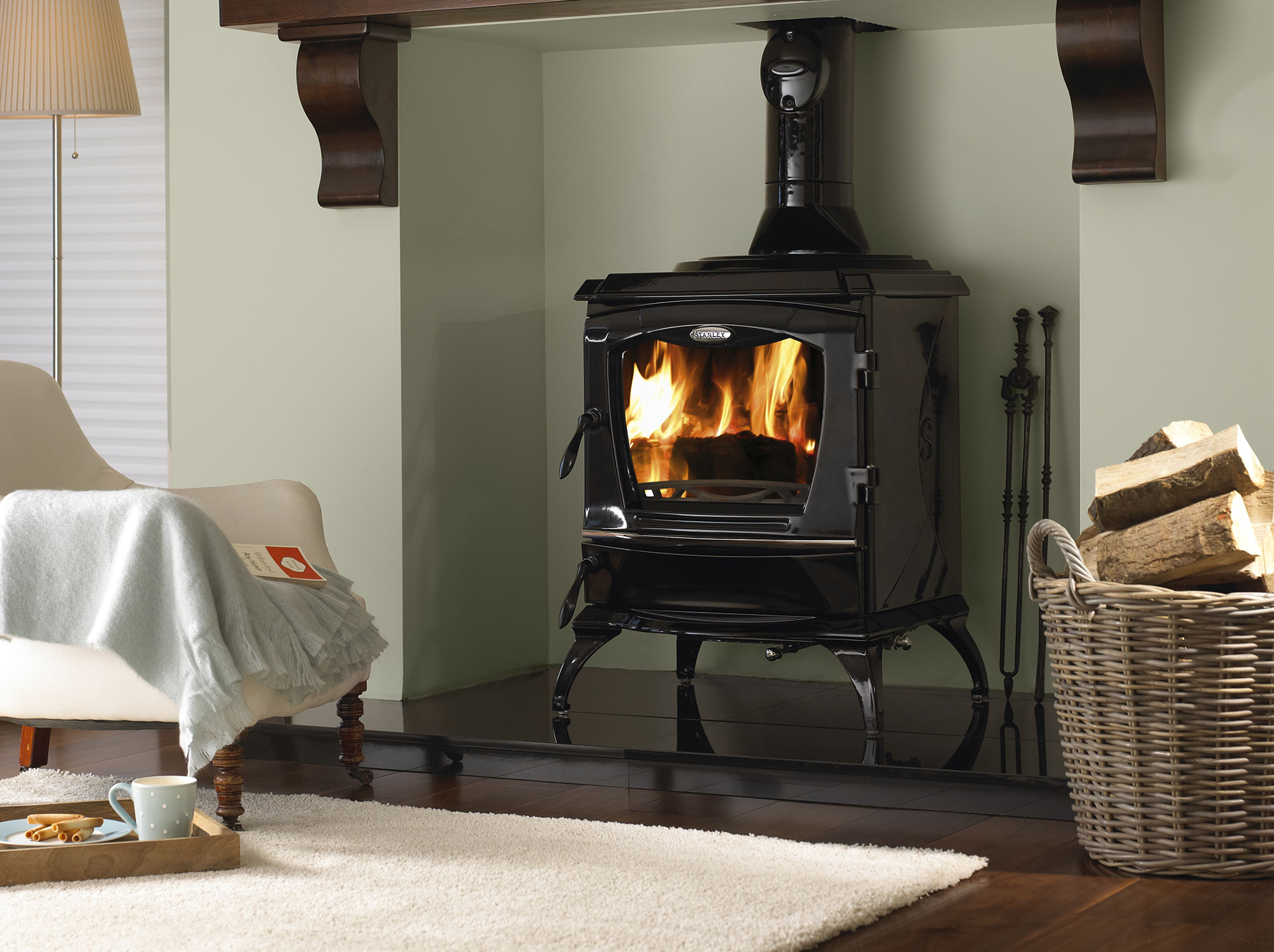
 Login/register to save Article for later
Login/register to save Article for later



